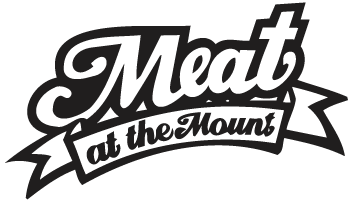DID YOU KNOW...
ALL MINCE ARE NOT EQUAL!
There are different terms used by big retailers and butchers across South Australia for beef mince. The different varieties include the following:
- Premium Gourmet
- Lean
- Star Ratings
- Heart Smart
- Best
- Choice
These categories have a varying level of fat in them so we recommend you check the fat content on the label – or simply ask your
local Butcher's.
Choosing the right mince
Of course the leanest grades of mince are the most sought for due to its healthiness.
However, most cooking recipes will recommend mince with a slightly higher fat content as it produces tastier dishes.
Which mince to choose for your recipe?
| LEVEL OF FAT |
BEST USED FOR |
| Lean mince (little or no fat in the pan) |
Minced-meat sauces e.g. Bolognese, moussaka, lasagna |
| Mid-range (a little more fat to keep the recipe moist) 50-80% lean |
Burgers, kebabs, kofta, meatloaf |
| Regular grade (spoon off the fat as you brown the mince) |
Burgers, meatballs |
HOW TO CHECK MINCE
- Have a feel of the temperature of pre-packed mince to ensure it's well chilled.
- Check carefully for undamaged packaging
- Ensure that the packaging is properly sealed and meat juices are not leaking
STORING MINCE
How to store mince in the fridge or freezer
-
- Cook thoroughly within the use-by date.
- Cook leftover raw mince within 1-2 days of purchase or freeze right away.
- Refrigerate leftovers immediately and use within 1 day.
- Freeze mince if you don't intend to use within 1-2 days.
- When freezing, flatten mince on foil or butcher's paper
- Cook mince as soon as possible after defrosting.
- Thaw frozen mince on your fridge's lowest shelf, away from ready-to-eat food.















